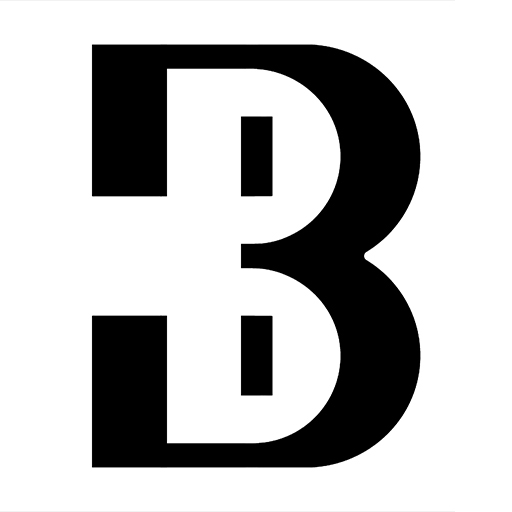Overview
This project reimagines Neutrogena’s product and packaging design through a minimal and neutral aesthetic. The new visual direction draws inspiration from the brand’s neutral pH—a symbol of balance, gentleness, and universality. Soft tones of beige, blue, and lilac replace the traditional clinical look, giving the line a calm and refined appearance. Aligning with Neutrogena’s science-backed, skin-first philosophy.
Typography
The redesigned Neutrogena wordmark follows a balanced and geometric structure, where each letter maintains a consistent width and equal spacing. This uniform rhythm creates a sense of harmony and precision, reflecting the brand’s scientific roots and commitment to balance
Color Ecosystem
Instead of relying on high-contrast hues, I developed a system where every color shares a tightly controlled luminance value. This creates a subtle, yet powerful, sense of visual equilibrium and cohesion. The palette feels inherently stable, clean, and non-aggressive directly mirroring the balanced, dermatologist-recommended nature of the brand.
Product lineup
The redesigned Neutrogena lineup presents a cohesive system where each product reflects the brand’s core values of balance, simplicity, and care. The packaging adopts soft, neutral tones that correspond to the product’s function while maintaining a unified aesthetic across the range. Minimal typography, clean geometry, and matte finishes create a calm, modern look that conveys beauty to a science.
Color palette
Created a color system where all hues share a similar value, emphasizing the sense of balance and harmony that defines Neutrogena’s identity.
Primary Packaging
The redesigned Neutrogena moisturizer uses a tube made from PCR (Post-Consumer Recycled) plastic, reflecting the brand’s commitment to reducing waste and promoting circularity. The material retains durability and flexibility while significantly lowering the product’s environmental impact. The cap features a recyclable mono-material design that eliminates the use of mixed plastics, ensuring it can easily be processed through standard recycling systems.
Secondary Packaging
The outer carton is crafted from FSC-certified cardboard, ensuring the paper comes from responsibly managed forests and sustainable sources. Like the primary packaging, the box features a matte textured finish that enhances its tactile appeal and maintains a modern, understated aesthetic.
Dieline Design
The dieline follows a clean, efficient layout that minimizes material waste during production. Each panel is thoughtfully proportioned to balance branding, product information, and legibility without visual clutter.
Overview
Half a Dozen is a beauty collaboration inspired by the daily ritual of stopping at Dunkin for your morning coffee. The concept takes the idea of a “half dozen” box and transforms it into a curated set of six everyday beauty essentials designed to fit seamlessly into a busy routine. Just like grabbing your usual coffee order, these products are meant to be quick, reliable, and part of your daily habit.
Overview
Fléur is a skincare concept that combines a natural feel with a sense of quiet luxury. Inspired by white roses, the design focuses on clean forms, soft textures, and subtle details. The project includes the full visual world product and packaging design, identity, print, retail, and digital presence all tied together through a calm, modern aesthetic.
Product Lineup
A cohesive range designed with consistency in material, proportion, and finish. Each piece contributes to a unified brand system built around balance and simplicity.
Packaging Design
Packaging explores the intersection of texture and form. The embossed rose motif adds a tactile connection to nature, while minimal typography and clean lines express quiet luxury.
Color Palette
Fléur’s palette — Timber Green and Burly Wood — defines the visual identity. The two colors being inspired by nature yet still give a luxury feel.
Brand Brochure
Printed collateral that extends the brand’s tone and visuals into a tangible format. Clean grids, soft color fields, and elegant typography reinforce the overall design direction.
Brand Brochure
Printed collateral that extends the brand’s tone and visuals into a tangible format. Clean grids, soft color fields, and elegant typography reinforce the overall design direction.
Brand Brochure
Printed collateral that extends the brand’s tone and visuals into a tangible format. Clean grids, soft color fields, and elegant typography reinforce the overall design direction.
Brand Brochure
Printed collateral that extends the brand’s tone and visuals into a tangible format. Clean grids, soft color fields, and elegant typography reinforce the overall design direction.
Online Store
The e-commerce layout mirrors Fléur’s design language. Soft contrasts, white space, and subtle detailing create a refined and intuitive browsing experience.
Sephora Shelf Display
A visualization of how Fléur integrates within retail environments. The structured layout and restrained palette create impact through calm presence rather than excess.
Store Interior
The retail concept translates Fléur’s identity into a spatial experience. Guided by symmetry and warm lighting, the space feels calm and architectural, balancing structure with softness through natural materials and deep green tones.
